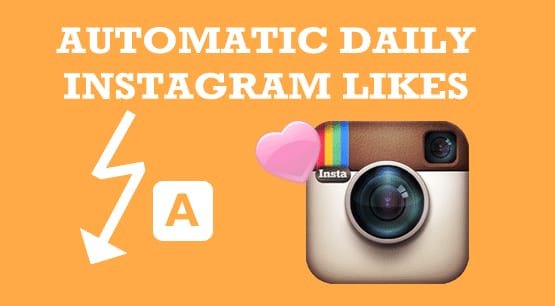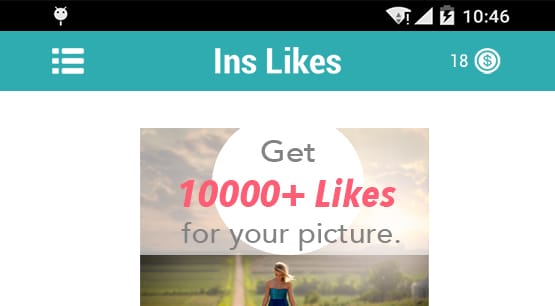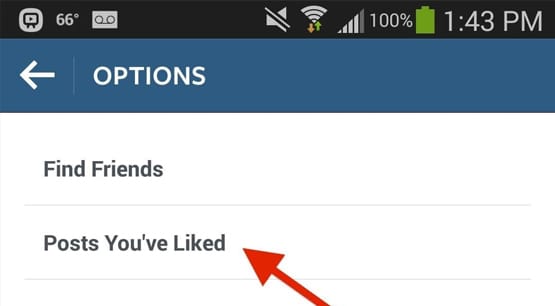Are There Any Free Auto Likes Service Worth Using?

The internet abounds with articles about purchasing automatic like services, buying likes from Fiverr vendors, and using the various gray-to-black hat automation apps to test them out. PetaPixel experimented with a like-and-follow growth bot on Instagram and found it mostly just made an account with a lot of numbers and no real engagement. Kanuj on ShoutMeLoud bought and traded Facebook likes and discovered that some basic organic techniques had a much better effect. Hootsuite tested out a few Instagram automation programs and found it led to a lot of fake followers and some very awkward social situations.
There are a lot of different products and services out there that promise to get more likes on your posts on Facebook, your tweets on Twitter, and your images on Instagram. Do any of them work?
Waffles and Answers
It may sound like I’m waffling to say this, but the answer is both yes and no.
On the one hand, at the most very basic level, all of these tools will work. They will, in fact, increase the number of likes on your posts regardless of social media.
Let’s do a bit of a thought experiment. You live in a place with a mailing address, unless you’re reading this while homeless, in which case, uh, please find shelter. You want more mail. You have three options you can try out.
- You can write a letter every day. Each day, you put that letter in the post office drop box, addressed to your own home. After a few days, those letters begin to arrive back at your home.
- You can sign up for every free trial mailing list, catalog, and magazine you can find. After a few days or a few weeks, mailers start to flood in.
- You can sign up for penpal exchange programs. You send letters to random people throughout the world, and eventually begin to receive a few additional letters.
All three of these methods are going to achieve the primary goal, which is to increase the number of pieces of mail you get delivered to your mailbox on a daily basis. How valuable are they, though?
With method number one, all of the mail you receive is just from yourself. There’s no mystery to it, you don’t have any relationships to build, and you’re not going to be able to eventually sell a product to the person you’re writing to, because it’s yourself. You get more bulk paper in your mailbox, but that’s it.
With method number two, you get a ton of other businesses looking to get you to buy something from them, but there’s no reciprocation. You aren’t able to send a catalog of your own down to those return addresses. No one at those magazines is going to care who you are. Again; it’s a lot of bulk in your inbox, but eventually it becomes just a hassle to recycle it all more than anything.
With method number three, you can build some relationships with other people, but it’s a long and slow process. You get the connections from a third party service – the penpal matchmaker – but you’re left to your own devices after the initial contact. If you’re not interesting to the person at the other end, they’ll stop writing to you. If you don’t write back, you lose that connection.
To explain the experiment, method one is a lot like software you run to get more likes. It’s just controlling your account and making it like the photos from other people who are also running the software, who like your photos in return.
Method one is what a lot of auto-like services do. They have a network of bot accounts with one sole purpose, that being to like other accounts in the network. When you start using the auto-liker, you just become another of those bots. You get a lot of likes on your account, but you’re also probably liking a lot of other posts you wouldn’t normally care about.
Method three, then, is the more organic growth methods. You create thoughtful content – the letters – and receive thoughtful engagement in return. It’s slow, it’s tedious, it takes a long time to see good reciprocation, but you can make friends for life.
How Automatic Like Services Work
There are basically two different ways these various auto-like services work. It doesn’t matter whether they’re software you download and install, or a service you sign up for an authorize on your social media profile.
In both cases, the app or service takes control over your account and performs one of two sets of actions.
The first set of actions is to add you to a reciprocal like network. You start getting a ton of likes from various accounts, many of which are seeded spam accounts, bots, or other people using the same app. What you don’t see unless you check, though, is that the bot is controlling your account into doing the same thing. For every like your posts receive, you’re giving 1-5 away to other people.
The second set of actions is basically the same, except the other people may or may not be part of the scheme. You load the app up with keywords or hashtags, and it uses search on the social network to find posts that show up in search for them. The bot then likes all of that content, and maybe leaves comments on them as well. Some percentage of those people – maybe one in five, maybe one in twenty – check you out and like some of your content in return.
One thing you’ll notice that’s lacking from both of these is any form of actual user engagement or interaction. Very few of the people involved in one of these schemes is going to actually follow you for a valid reason. They’re all liking your content and following your account because you’re doing the same for them. Neither side cares about the other, will pay attention to the others’ marketing, or will buy the products.
You can see now why the initial answer is the wishy-washy yes-and-no thing I do so often. Yes, these apps will get you more likes. No, those likes won’t matter.
The Issue of Deletion
Another issue that comes up with these kinds of apps is the issue of deletion. Deletion occurs frequently across various social networks. Make no mistake; you’re not pulling a fast one over on Instagram or Twitter. Those sites know exactly what you’re doing. You’re just using an app that’s designed to fly just barely under the radar of the automatic sensors. If you were to like a few dozen more posts per day, you’d almost definitely have your account suspended.
In fact, many people do exactly that, and many of those people are the ones who are liking your content. A lot of the likes you get are from accounts that are, sooner or later, going to be removed. When those accounts are removed, all of their likes are removed as well. You might have 100 likes on a recent post, but a month from now you might only have 85, and another few months down the line you might have 50.
One of the biggest and most aggressive purges of fake accounts happened in 2014 on Instagram. Millions of accounts were removed for being spam, and it hit some people very, very hard. Not even the big celebrities are immune, because it’s not an action targeted at those celebrities. Instagram removing fake accounts benefits everyone on Instagram except the people controlling those fake accounts.
So not only are many of the accounts that like your content going to be deleted sooner or later, but you also run the risk of losing your account with these services. Remember how I said many of these auto-like services take control of your account and make you like a bunch of content to fish for reciprocal likes? Well, that puts you firmly within “botting” territory. You’re taking automated actions to game the system, and there’s no excuse to say you don’t know what you’re doing. Sites like Instagram and Twitter are fairly likely to straight-up ban your account eventually for using such a bot.
Obviously it’s in the best interest of the bot creator to keep it limited to somewhere below the automatic scan cap for sites like Instagram. However, there’s only so much they can do. If Instagram changes their minimum threshold, it’s not like the bot creator can push an update before you’re caught and banned. It’s just a risk you have to take.
Of course, some bot creators don’t add limitations at all; they just let you do whatever you want with their software, and if you cross a line on your own, well, they warned you*.
*: in small print at the bottom of a sub-page on their site.
The Matter of Security
One of the most overlooked issues I see with these kinds of automatic like programs and apps is security. ShoutMeLoud, Hootsuite, and PetaPixel all tried these apps, and they didn’t mention security at all. They happily paid money to these bots and let them loose on accounts they potentially cared about. PetaPixel at least created a secondary account for the test.
Most of the time, to use an app like these bots, you have to authorize it to use your account. It needs to be able to use the API of the site, or take control over your browser while you’re logged in, to perform their actions. This means your credentials need to pass through theses apps.
Tell me; if a guy comes up to you on the street and tells you he can give you $1,000, and all he needs is your bank info, are you going to give it to him? No? Well, why would you do it with your social media account info for a lot less than $1,000?
Security is always a concern. You run the risk of the bot creator scraping your information when it passes through the bot, which they can take and use or sell on the black market.
Even if the bot creator doesn’t skim and scrape your account information, there’s always the chance they themselves could be compromised. How much security over their development process does a bot creator have? Is it more or less than Avast has over theirs? Avast, who own CCleaner, an anti-malware utility, found that one of the officially signed, secure, verified versions of their software was in fact compromised and was serving malware to users. This actually happened.
When even your own security software might not be secure or clean, how much can you trust some random bot maker from Hyderabad? You could be funneling your info right into a honeypot.
The fact is, there’s so much risk associated with using an auto-liker service or bot, especially the free ones, that it’s just not worth it.
You could lose your account info, which can be used to compromise other accounts if you don’t have individual passwords for everything. You could lose your account when it’s banned for botting. You can lose some or all of the likes that you get as those accounts are banned. And on top of all of that, even the likes you get that stick around are likely coming from people who don’t care who you are or what your content actually says. They’re just there for reciprocal likes, just like you are. My verdict? Just don’t do it.








